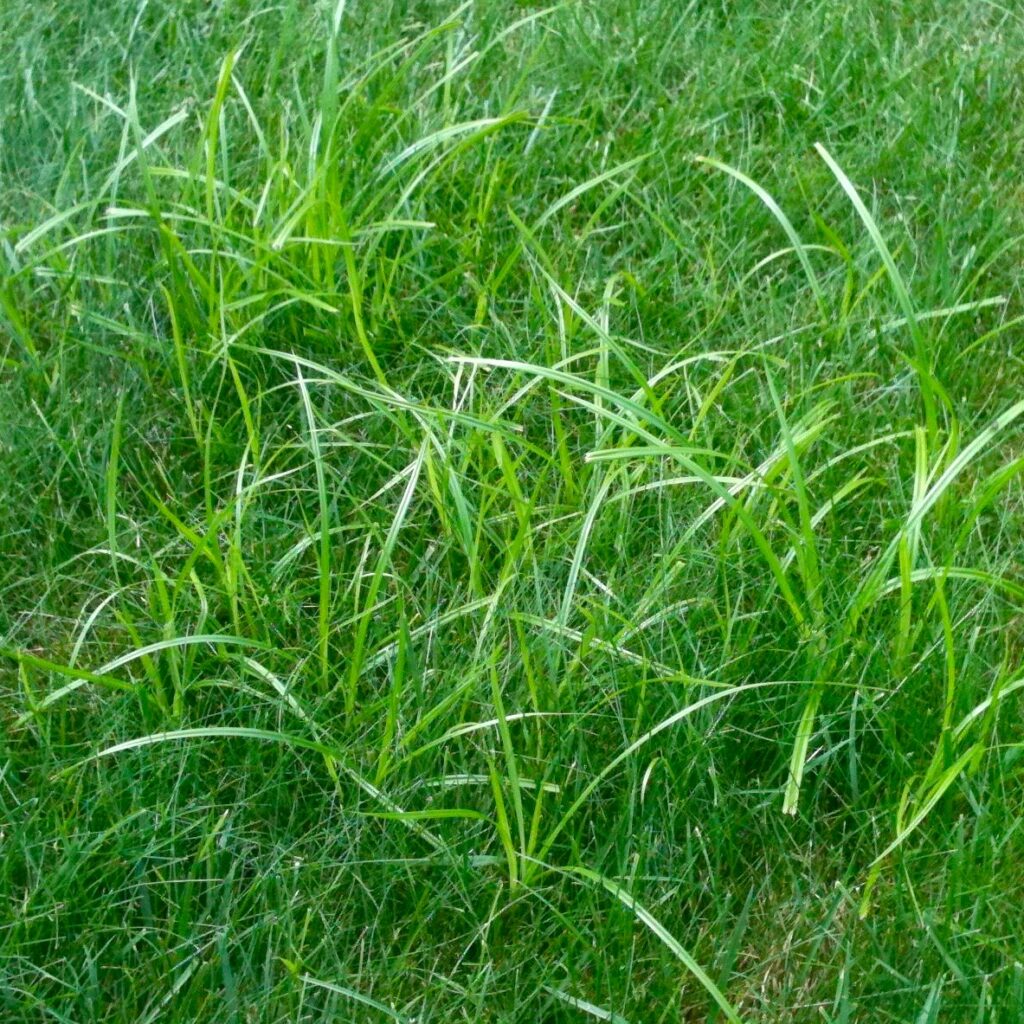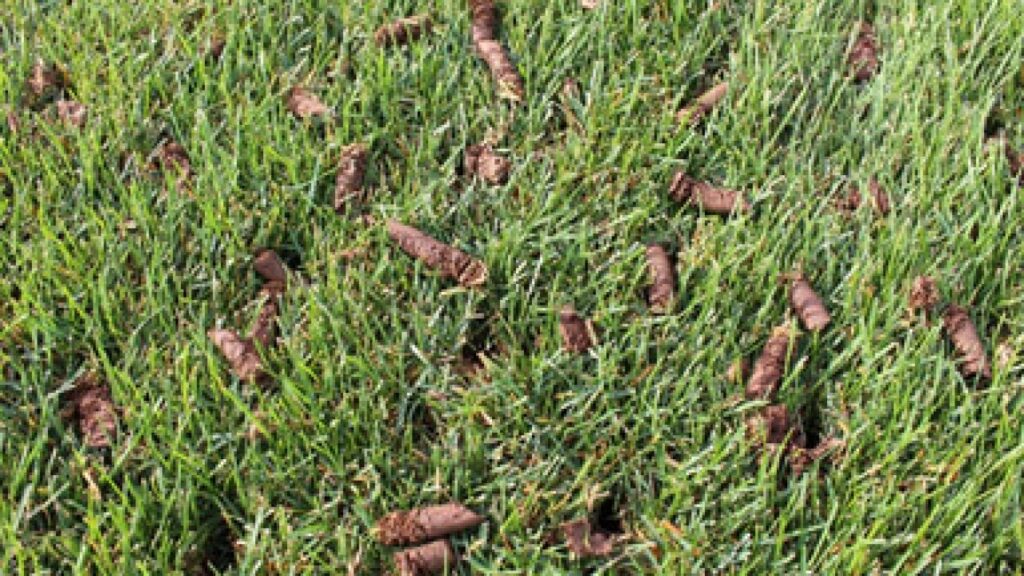Summer Lawn Stress: You’re Not Alone

As the summer heat sets in, many homeowners start to notice their lawns looking thinner, more discolored, or even patchy. It’s a common concern and one that we hear often at MissionGreen Services. The good news? There are clear reasons why this happens—and better yet, proven solutions to bring your lawn back to life.
If you’ve been wondering, “Why does my lawn look worse in the summer?”, this blog is for you.
The Science (Simplified): Cool-Season Grass and Summer Heat
Most lawns in our region are made up of cool-season grasses, such as Kentucky Bluegrass, Perennial Ryegrass, and Fescues. These grasses thrive in the cooler temperatures of spring and fall—but summer is a different story.
Cool-season grasses naturally struggle when:
- Daytime temperatures exceed 85°F regularly.
- Nighttime temperatures stay warm, preventing recovery.
- There is less rainfall, leading to dry, compacted soil.
When these conditions persist, your lawn goes into survival mode. Grass may slow its growth, turn brown, or appear thin—not because it’s dead, but because it’s conserving energy.
Summer Annual Weeds Love the Heat
While your lawn takes a break during the heat, summer annual weeds take full advantage. These opportunistic plants thrive in hot, dry conditions and can quickly overtake weakened turf.
Common summer annual weeds include:

- Crabgrass
- Goosegrass
- Spurge
- Nutsedge (pictured)
These weeds not only make your lawn look worse—they also compete with your grass for water and nutrients, which adds more stress to your turf.
At MissionGreen Services, we are actively treating these summer weeds now, to reduce their impact and prepare your lawn for a stronger comeback this fall.
Water, Mowing, and Stress Management
Summer lawn health also depends on how you care for it during extreme conditions.
Some best practices to minimize seasonal damage:
- Water deeply and infrequently: Aim for 1 inch of water per week, early in the morning.
- Mow high: Keep your mower blade at 3 to 3.5 inches to shade the soil and reduce heat stress.
- Avoid mowing during drought stress: Let the grass rest when it looks dry or brittle.
Improper watering or mowing can worsen the effects of heat stress, so making small changes can lead to noticeable improvements.
The Secret to Lawn Recovery: Core Aeration and Overseeding
As summer winds down, one of the most effective things you can do for your lawn is core aeration and overseeding.

Here’s why:
- Core aeration opens up compacted soil, allowing air, water, and nutrients to reach the grassroots more effectively.
- Overseeding introduces new, healthy grass varieties—especially heat-tolerant bluegrasses that are exclusive to MissionGreen Services.
- It thickens thin areas, reduces weed pressure, and improves your lawn’s overall health and resilience.
Together, these services rejuvenate tired summer lawns and set the stage for a lush, green lawn next spring.
Why Trust MissionGreen Services?
We’re more than just a lawn care company. At MissionGreen, your lawn is our mission—and we back that promise with expertise, local knowledge, and a real passion for helping you enjoy a beautiful yard year-round.
Here’s what makes us different:
- Locally owned and operated—we know our region’s climate and turf challenges inside and out.
- Licensed lawn care professionals using science-backed treatments.
- Customized programs that evolve with the seasons.
- Exclusive turf blends and tailored recommendations.
We don’t take a one-size-fits-all approach. Instead, we partner with you to understand your lawn’s unique needs—and deliver solutions that work.
Take the First Step Toward a Better Lawn
Even if your lawn looks rough right now, it’s not too late to turn things around. Now is the time to address summer weeds and get ready for fall recovery.
If you’re ready to restore your lawn’s health, contact MissionGreen Services today at 413-998-7829 or email getgreen@missiongreenservices.com. We’ll help you schedule fall aeration and overseeding, and provide a customized treatment plan that gets results—season after season. For additional lawn care topics please check out our blog Living Green.



